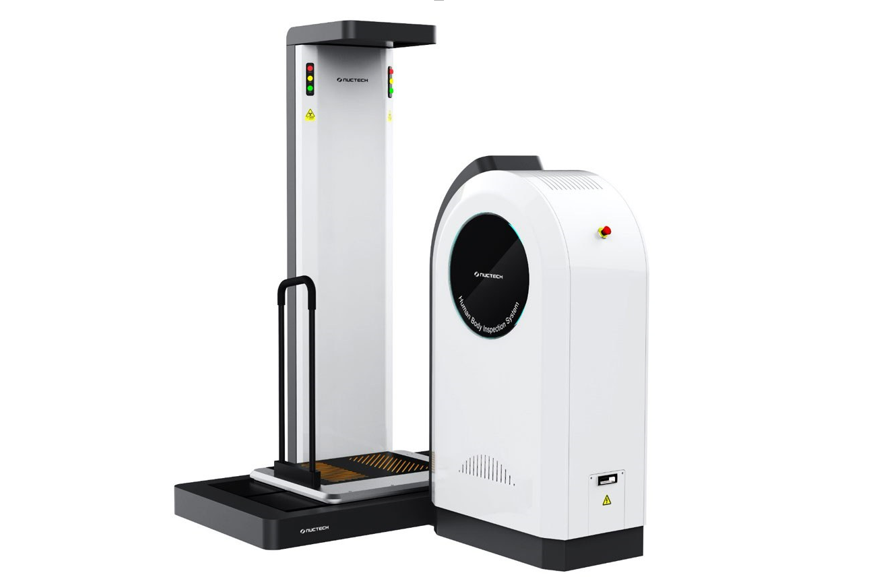
How body scanning technology is transforming the insurance industry
Body scanning technology, once the stuff of sci-fi movies, is making waves in the insurance industry. It’s not just about security checks at airports anymore; these advanced imaging techniques are becoming pivotal in assessing risk, speeding up policy issuance, and enhancing customer satisfaction. With these changes come ethical considerations and data privacy concerns that need addressing. Let’s dive into how body scanning is shaking things up in the world of insurance.
More accurate risk assessments with advanced imaging
Insurance companies thrive on data. The more precise information they have, the better they can assess risks and set premiums. Enter body scanning technology. By using advanced imaging techniques, insurers can get a detailed look at an individual’s health status without invasive procedures. This isn’t just a game-changer; it’s a revolution in medical underwriting.
Imagine a scenario where an insurer can see the early signs of conditions like osteoporosis or cardiovascular issues through a non-invasive scan. These insights allow for more accurate risk assessments and tailored policies. No longer are underwriters relying solely on medical histories and questionnaires, which can be incomplete or even misleading. Advanced imaging provides a clearer picture, literally.
While this might sound like something out of a high-tech thriller, it’s becoming more common in the real world. Insurers are investing in technologies like X-ray body scanner and millimeter wave scanners to enhance their underwriting processes. The result? Policies that are better matched to the actual risks, benefiting both the insurer and the insured.
Revolutionizing medical underwriting
The days of broad-brush underwriting are numbered. Body scanning technology offers unprecedented precision. Traditional methods often involved a lot of guesswork or reliance on self-reported data, which could be biased or inaccurate. With high-resolution scans, insurers can detect issues that might not yet be symptomatic but indicate potential future risks.
This level of detail means that policies can be customized to an individual’s specific health profile. For example, someone with early signs of heart disease might receive recommendations for preventive measures and a policy that reflects their unique situation. It’s personalized healthcare meets smart insurance.
Not only does this improve the accuracy of underwriting, but it also fosters a more proactive approach to health management. Policyholders are more informed about their health and can take steps to mitigate risks before they become serious problems. It’s a win-win for everyone involved.
Faster policy issuance and customer satisfaction
One of the biggest pain points for customers when buying insurance is the lengthy approval process. Nobody likes waiting weeks to find out if they’re approved for coverage. Advanced body scanning technology can dramatically speed up this process.
With detailed scans providing immediate insights into an applicant’s health status, insurers can make faster decisions. This reduces the time from application to approval significantly. Faster processing not only improves customer satisfaction but also reduces administrative costs for insurers.
Think about it: if you’re applying for life insurance and can get a decision in days instead of weeks, that’s a huge relief. It makes the whole process smoother and less stressful. Happy customers are more likely to stick around and recommend their insurer to others, driving business growth.
See also: How Automatic Transfers Can Help You Reach Your Savings Goals Faster
Ethical considerations and data privacy
Of course, with great power comes great responsibility. The use of body scanning technology raises important ethical questions and data privacy concerns. How will this sensitive health information be stored? Who has access to it? And how can we ensure it doesn’t fall into the wrong hands?
Insurers must navigate these issues carefully. Robust data protection measures are essential to safeguard customer information. Companies such as InsTech are leading the way in providing secure solutions for this sensitive information. This includes secure storage solutions, encryption, and strict access controls. Transparency is also key – customers need to know what data is being collected and how it will be used.
There’s also the question of consent. Customers should have a clear understanding of what they’re agreeing to when they undergo a body scan as part of their insurance application. Informed consent is crucial to maintaining trust between insurers and their clients.
Future trends in body scanning and insurance
The future looks bright for body scanning technology in the insurance sector. As these technologies continue to evolve, we can expect even more accurate and detailed imaging capabilities. This will further enhance risk assessment processes and enable even greater customization of policies.
Innovation doesn’t stop here, though. Artificial intelligence and machine learning are set to play increasingly important roles in analyzing scan data. These technologies can identify patterns and predict risks with a level of precision that was previously unimaginable.
Ultimately, body scanning technology has the potential to transform not just insurance but healthcare as a whole. By enabling early detection and proactive management of health issues, it can lead to better outcomes for individuals and society at large.
So, while there are challenges to address – especially around ethics and privacy – the benefits of integrating body scanning into insurance are clear. It’s an exciting time for the industry, with technology paving the way for smarter, more personalized solutions that put people’s health and well-being front and center.




